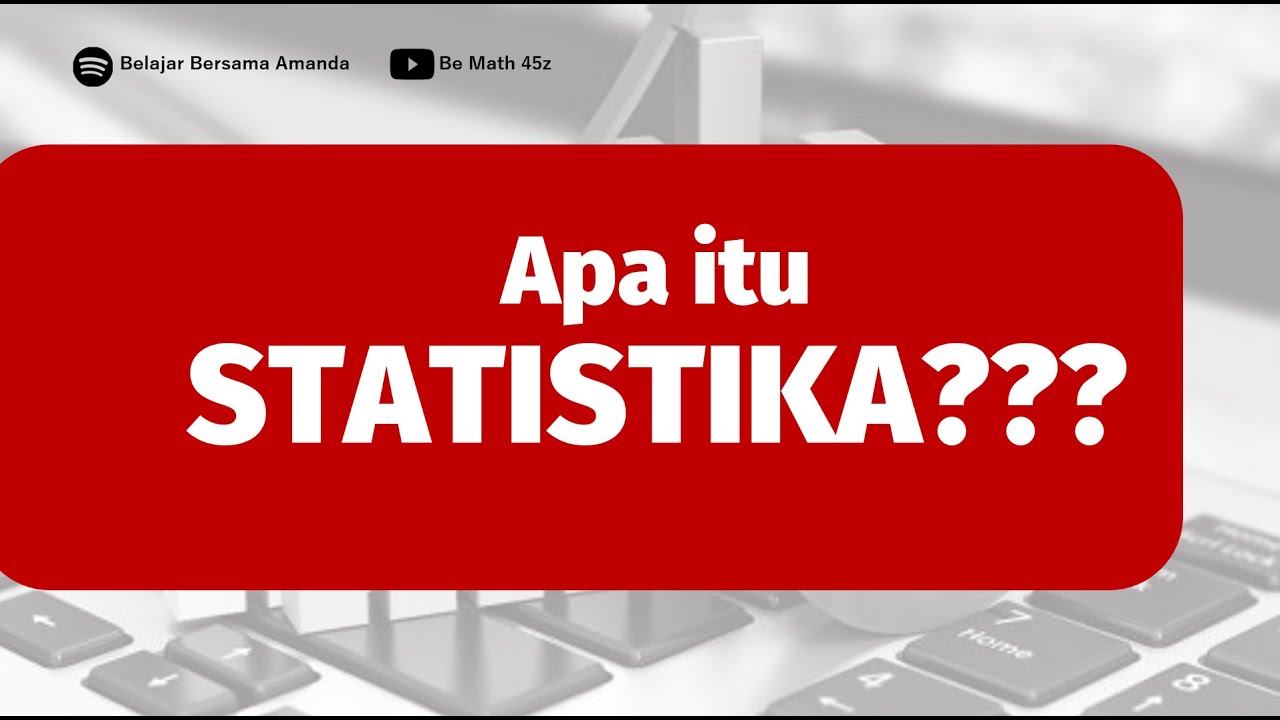Analisis Data (Materi Informatika) Kelas X Fase E
Summary
TLDRThis video focuses on data analysis, covering key concepts such as the definition of data, techniques for data collection, and the process of data processing. The video explains the importance of understanding data and its transformation into useful information. It introduces various methods of data collection, including surveys, observations, and interviews, and highlights the significance of data privacy and security. Additionally, the video explores how to process and present data, with an emphasis on the role of data visualization in making complex data more accessible and comprehensible.
Takeaways
- 😀 Data is defined as information that can be processed by computers, including numbers, images, graphics, and sounds.
- 😀 Data analysis is the process of organizing, categorizing, and extracting meaningful information from raw data.
- 😀 The goal of data analysis is to transform data into useful, actionable insights that can guide decision-making.
- 😀 The first step in data analysis is data collection, which can be done through surveys, observations, and interviews.
- 😀 There are two main types of data: public data (e.g., name, gender, religion) and private data (e.g., genetic information, financial details).
- 😀 Protecting personal data is essential to prevent online harassment, identity theft, and fraud.
- 😀 The data processing cycle consists of three main steps: input, processing, and output. Each step involves transforming data into usable information.
- 😀 Data can be processed using tools like spreadsheets to organize and manipulate numerical data effectively.
- 😀 Visualizing data through graphs, charts, and images helps make complex data easier to understand and interpret.
- 😀 Data privacy laws and regulations are crucial to safeguard individuals' personal information from misuse or exploitation.
- 😀 To analyze data effectively, it is necessary to use the right tools, techniques, and methods, such as using spreadsheets and data visualization techniques.
Q & A
What is the main objective of learning data analysis according to the script?
-The main objective is to help students understand that data can be collected from various devices, comprehend the processes of data collection, and transform large datasets into simplified and generalized information.
What does the script define as 'data' according to KBBI and experts?
-Data is defined as information that can be processed by a computer, including digital representations such as numbers, images, graphics, or sound. According to expert Susanto (2016), data is a fact about an object that reduces uncertainty about a state or event.
What is the definition of data analysis provided in the script?
-Data analysis is the process of organizing and arranging data into patterns or categories. It involves breaking down data into formal steps to identify themes and form conclusions, ultimately transforming processed data into new information.
What are some common data collection techniques mentioned in the script?
-The script mentions several data collection techniques: questionnaires (surveys), observation (directly observing the object of study), and interviews (directly asking questions to sources).
What are 'personal data' and how is it categorized?
-Personal data refers to information such as names, email addresses, phone numbers, and bank details. It is categorized into two types: general personal data (e.g., name, gender, religion) and specific personal data (e.g., genetic information, wealth).
What are the potential risks associated with mishandling personal data, as mentioned in the script?
-The script highlights risks such as online harassment, misuse of personal data (e.g., identity theft or fraudulent loans), online scams, reputation damage, and unauthorized access to personal information.
What are the basic steps involved in the data processing workflow?
-The basic steps of data processing are input, processing, and output. The process is expanded into additional stages like data recording, interaction, structuring, calculations, reporting, storage, search, communication, replication, and distribution.
How does the script suggest processing numeric data?
-The script suggests using software applications such as spreadsheets to process numeric data. Spreadsheets help organize data into columns and rows, facilitating easier analysis and management.
What is 'data visualization' and why is it important?
-Data visualization is the representation of data using graphs, images, charts, or other visual formats. It helps make complex data easier to understand, as raw data can be hard to interpret, but visual representations make it more accessible to people.
What can be the benefit of using data visualization tools in data analysis?
-The benefit is that data visualization tools transform complex, large datasets into formats such as charts or graphs, making it easier to understand patterns, trends, and insights quickly compared to raw data in tables.
Outlines

此内容仅限付费用户访问。 请升级后访问。
立即升级Mindmap

此内容仅限付费用户访问。 请升级后访问。
立即升级Keywords

此内容仅限付费用户访问。 请升级后访问。
立即升级Highlights

此内容仅限付费用户访问。 请升级后访问。
立即升级Transcripts

此内容仅限付费用户访问。 请升级后访问。
立即升级5.0 / 5 (0 votes)






